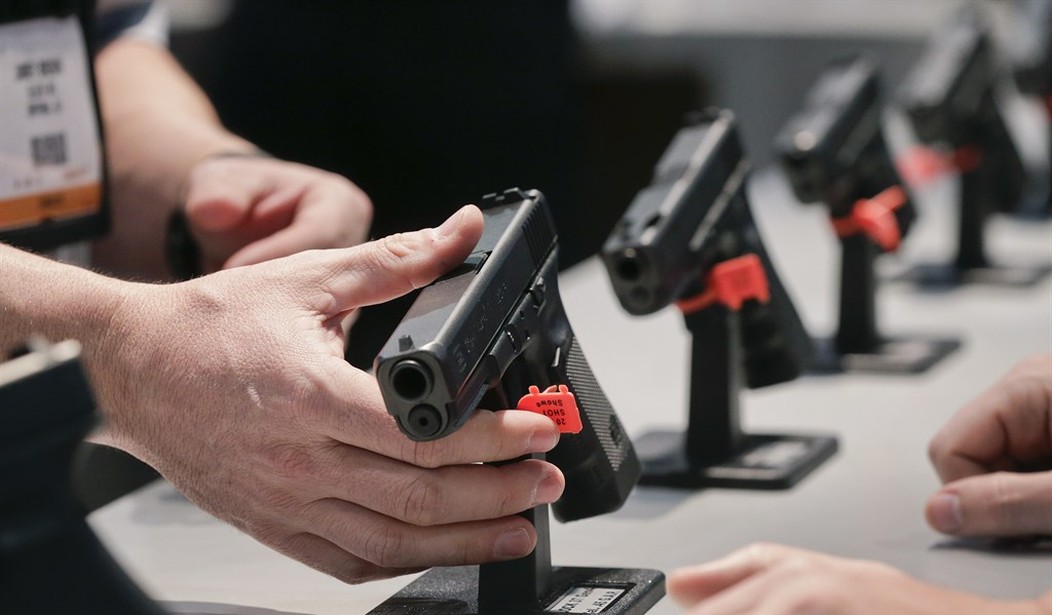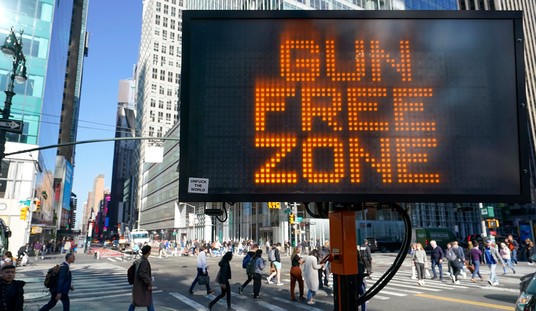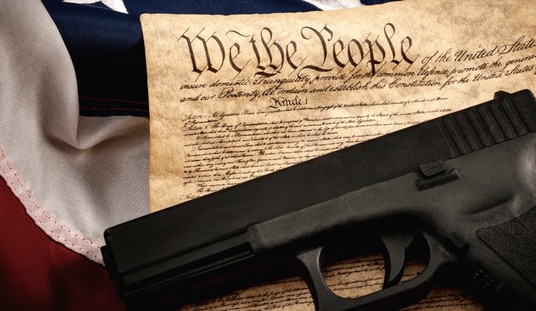There are a number of legal challenges to California’s draconian gun control regime underway in federal court, and Second Amendment supporters scored a goal in one of those challenges this week when a federal judge declared that a provision in the state’s “Handgun Roster” may violate the constitutional rights of residents.
In California, the state’s Department of Justice must certify all models of handguns before they can be sold in the state, and no new models have been added to the Handgun Roster since the state’s microstamping law went into effect almost a decade ago, because no firearms manufacturer can produce a gun that meets the state’s requirement that a unique code be stamped in two places on every ammunition cartridge as it’s fired.
The state tweaked the microstamping law last year, allowing the unique code to be imprinted in just one location on the cartridge, but they also added a new twist to the state’s Unsafe Handguns Act: for every new gun approved for sale, three existing models must be removed from the roster and prohibited for sale. That portion of the law took effect on January 1st of this year, but it’s facing a court challenge filed by the Second Amendment Foundation, the Firearms Policy Coalition, San Diego County Gun Owners PAC, and individual plaintiff Lana Rae Renna.
U.S. District Judge Dana Sabraw has handed down a 15-page opinion upholding the lawsuit, or at least the part of it that challenges the Handgun Roster requirements (the portion of the law challenging the legality of the state’s Unsafe Handgun Act itself was dismissed by the judge, who ruled that existing Ninth Circuit precedent prevents that part of the case from moving forward).
The state of California argued that even if the number of handguns available for sale in the state is declining, it doesn’t amount to an infringement on the right to keep and bear arms because other guns remain available for sale, but Judge Sabraw wasn’t buying it.
It is true that currently, Plaintiffs may still purchase handguns for self-defense. Nevertheless, because Plaintiffs have alleged the number of handguns available for purchase on the roster has steadily declined and will continue to decline, Plaintiffs sufficiently demonstrate the UHA burdens protected conduct by substantially infringing Plaintiffs’ ability to acquire firearms for self-defense. This acquisition right is protected as an “ancillary right[] necessary to the realization of the core right to possess a firearm for self-defense.” Teixeira, 873 F.3d at 677. Moreover, the regulations at issue are not longstanding. AB 2847’s three-for-one provision is precisely the opposite, having gone into effect on January 1, 2021. The current roster began on January 1, 2001.
Sabraw also found that the plaintiffs in this case have sufficiently alleged that their Second Amendment rights are being violated, even under a lower legal standard of review like intermediate scrutiny.
The Court need not decide whether strict or intermediate scrutiny is necessary, because even assuming intermediate scrutiny—the less stringent standard of review— applies here, Plaintiffs sufficiently plead a claim for violation of their Second Amendment rights. “Intermediate scrutiny requires (1) a significant, substantial, or important government objective, and (2) a “reasonable fit” between the challenged law and the asserted objective.” Pena, 898 F.3d at 979 (citing Jackson, 746 F.3d at 965)). “The government must show that the regulation promotes a substantial government interest that would be achieved less effectively absent the regulation, but not necessarily that the chosen regulation is the “least restrictive means” of achieving the government’s interest.” Id. (internal quotation marks omitted) (citing Fyock v. Sunnyvale, 779 F.3d 991, 1000 (9th Cir. 2015)).
Defendants argue AB 2847’s three-for-one provision satisfies intermediate scrutiny because it furthers public safety. Specifically, Defendants contend that by removing grandfathered models when new models complying with the applicable features are added, the three-for-one provision “facilitates a transition over time toward full compliance” with statutorily required features. It is well established that public safety is a substantial government interest. Pena, 898 F.3d at 981–82. However, the Court is not persuaded there is a “reasonable fit” between the state’s asserted objective and the three-for-one provision.
Defendants offer no justification for why the statute requires the removal of three handguns for each new handgun added, instead of, for instance, a proportional one-to-one. Moreover, considering the roster’s already diminishing numbers, the three-for-one provision imposes an even greater restriction on the pool of handguns available for sale in California. As Judge Bybee noted in Pena, the only handguns currently commercially sold in California are those grandfathered from the recent MDM, CLI, and microstamping provisions. 898 F.3d at 989.
These handguns are already subject to removal from the roster for nonpayment of fees or minor changes to a model’s materials or design, and Plaintiffs allege grandfathered handguns have been steadily dropping off the roster, even before AB 2847’s enactment, as a result. In this respect, the roster is already transitioning toward the compliance that Defendants claim as their objective.
As Plaintiffs allege, application of the three-for-one provision will accelerate this trend further, rendering the number of handguns available for purchase unacceptably small. In light of this, the Court finds Defendants have not met their burden to show the imposition of the three-to-one provision is a reasonable fit for their stated objective.
At this stage in the lawsuit, the judge isn’t trying to determine the constitutionality of the law in question. Rather, he’s looking to see if the plaintiffs’ allegations have met the legal standard to move the case forward to trial, and on the question of the state’s slow-motion gun ban, the judge has given the green light for the lawsuit to proceed. This doesn’t guarantee that gun owners will be victorious, but we’re at least going to get our day in court.









Join the conversation as a VIP Member